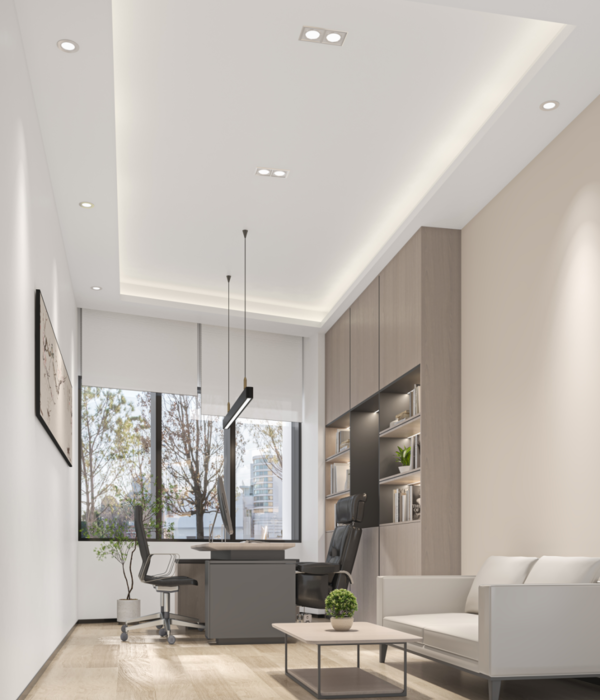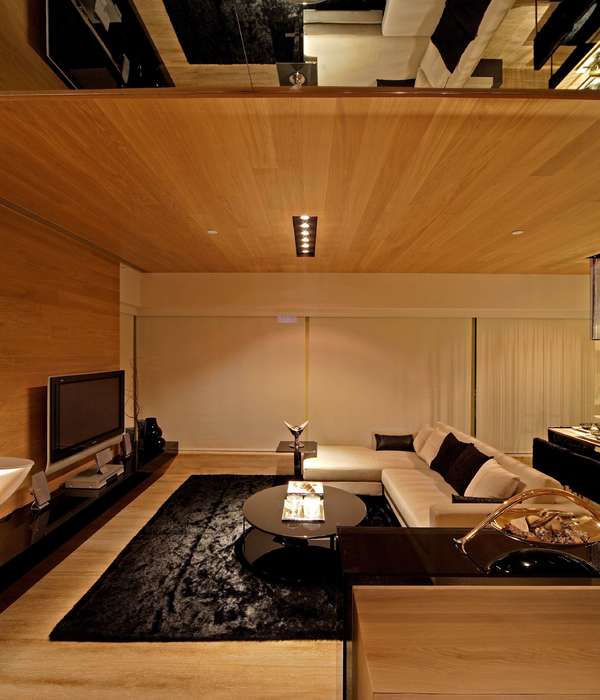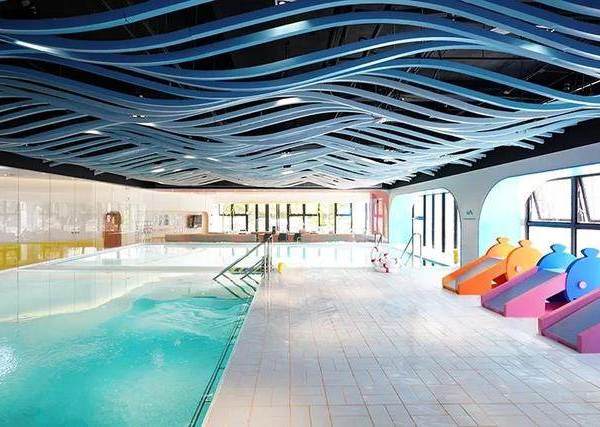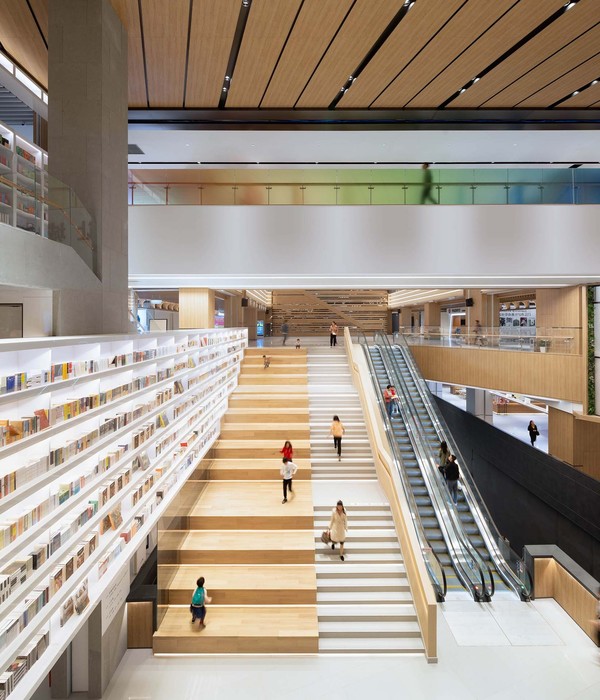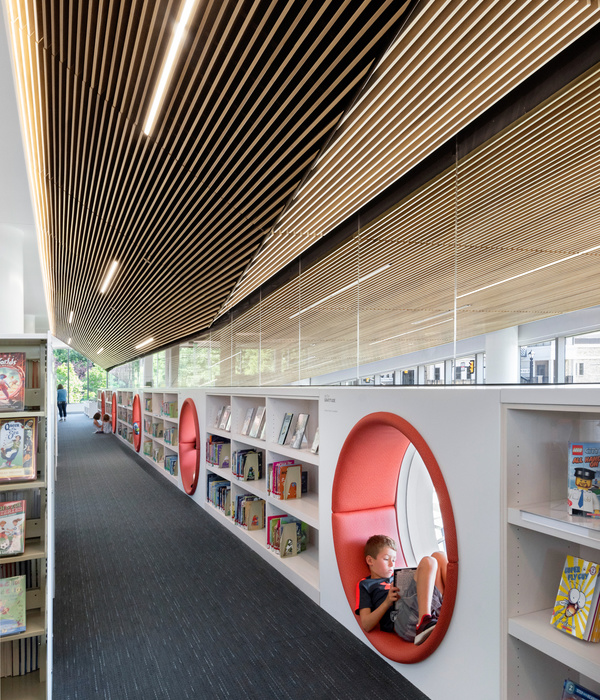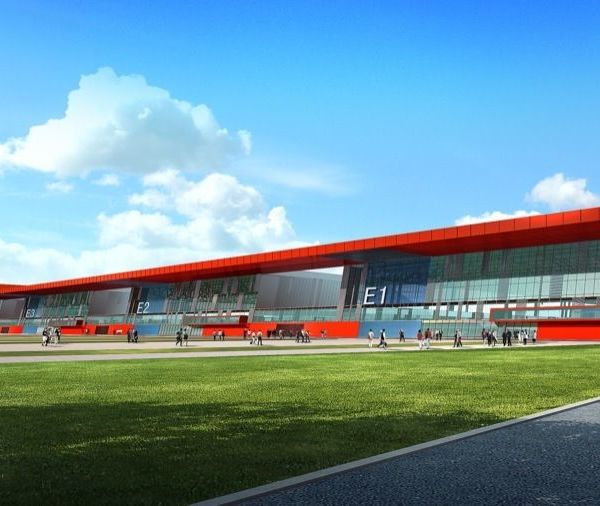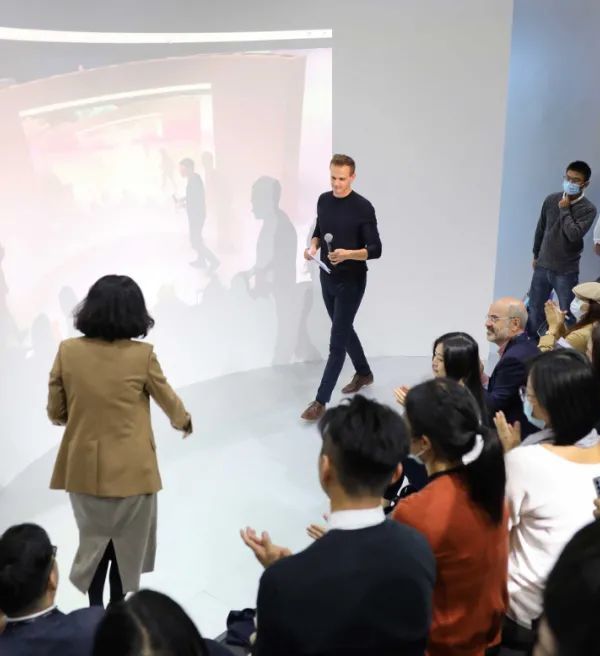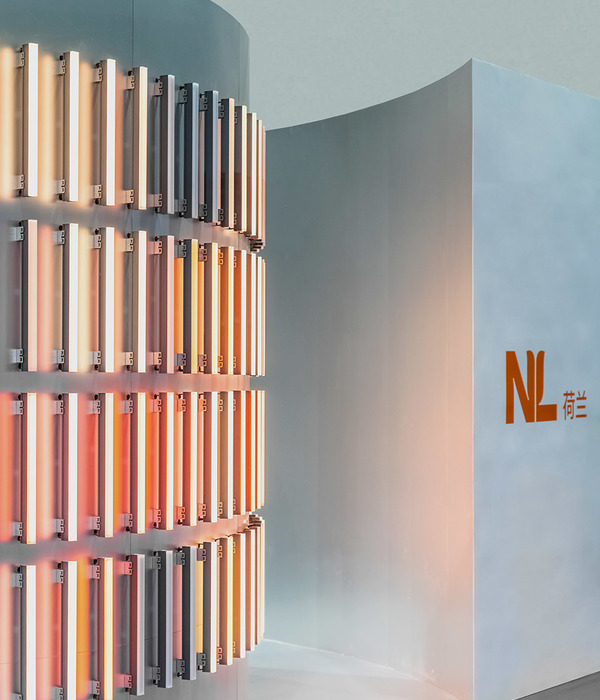If the only true realist is the visionary, then Federico Fellini deserves to be shown through a realistic vision of his ideal and material heritage that he was able to share with the world. The project to dedicate a museum to the director comes, in fact, from the intention of restoring and interpreting his work as a key to connect tradition and contemporaneity, showcasing the beauty that comes from his ideas and art, a source of inspiration and diffused wealth. The Fellini Museum is spread out along three key points in the city centre of Rimini, connecting different points with a single vocation to transmit the knowledge and creative spark of the great Italian filmmaker.
The three sites are: Castel Sismondo, a 15th-century castle designed in part by Filippo Brunelleschi; Palazzo del Fulgor, an 18th-century building, home, on its ground floor, to the Fulgor, legendary cinema immortalised in Amarcord and now arranged with the sets designed by three-time Oscar winner, Dante Ferretti; and Piazza Malatesta, a large urban location with green sections, areas for performances and art installations, an immense sheet of water to re-evoke the castle moat and a large circular bench that, like the one in the final scenes of 81⁄2, aims to be a tribute to life, to solidarity, and to the desire to be together.
The Museum that the city of Rimini dedicates to its genius is set in a magical place that sums up his artistry, blending into the urban fabric and following in the spirit of Fellini’s films: stupor, imagination and fun. A space that creates emotions and entertainment, where innovation, research and experimentation are at home with the classical forms of art.
For Rimini, the Fellini Museum has the same role and central importance as the Guggenheim Museum has for Bilbao. It is a driver of culture and art, activating a regeneration process for the whole city, leveraging the attraction of art as a universal language and beauty as a “public asset”, moving it towards the creation of a new form of development for the whole community. The ‘dialogue’ between interior and exterior spaces, between the museum and the city, constructed by the Fellini Museum is a seamless one, a hub for the area’s relaunch, where creativity and imagination bring their positive contamination to Rimini and its path through the present and into the future. In the name and in the aura of Federico Fellini.
The Fellini Museum is a visionary location that will continue to evolve, where research, a ceaseless contribution from art and artists, combine with innovation and technology to enhance Fellini’s poetic heritage. A Museum that does not intend to interpret Fellini’s cinema as a finished work to pay homage to, but rather as a key to “everything is imagined”. This is what Fellini used to say, and this is the key to the dispersed museum.
The Municipal Authority of Rimini appointed Studio Azzurro for the artistic direction and creation of the immersive multimedia project, with a strong participation value for the visitor; while architect Orazio Carpenzano and Studio Tommaso Pallaria carried out the architectural project and the fitting out of Castel Sismondo and Palazzo del Fulgor. Both are part of the group of companies represented by Lumière & Co., winners of the international competition. The Fellini Museum is curated by Marco Bertozzi and Anna Villari.
{{item.text_origin}}



